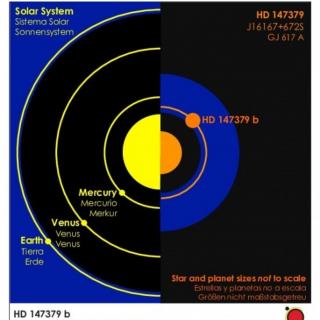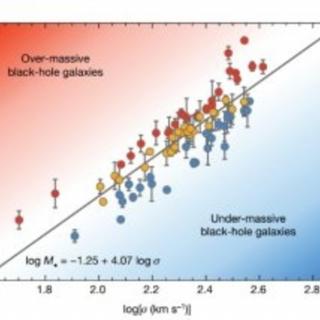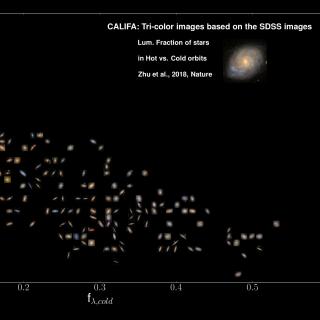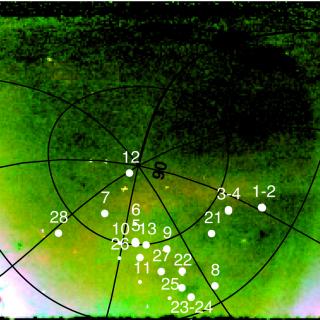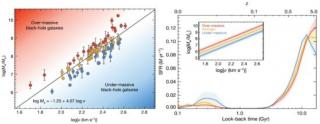
The centres of massive galaxies are among the most exotic regions in the Universe. They harbour supermassive black holes, with masses of at least one million, and reaching thousands of millions of times the mass of the Sun. These black holes can cause a great deal of matter to fall towards them, producing the emission of huge quantities of energy before they finally fall into the black hole. Also, during this period (the "active phase" of the galaxy, referred to as an AGN or Active Galactic Nucleus) matter is expelled from outside the black hole in the form of high velocity (relativistic)
Advertised on
